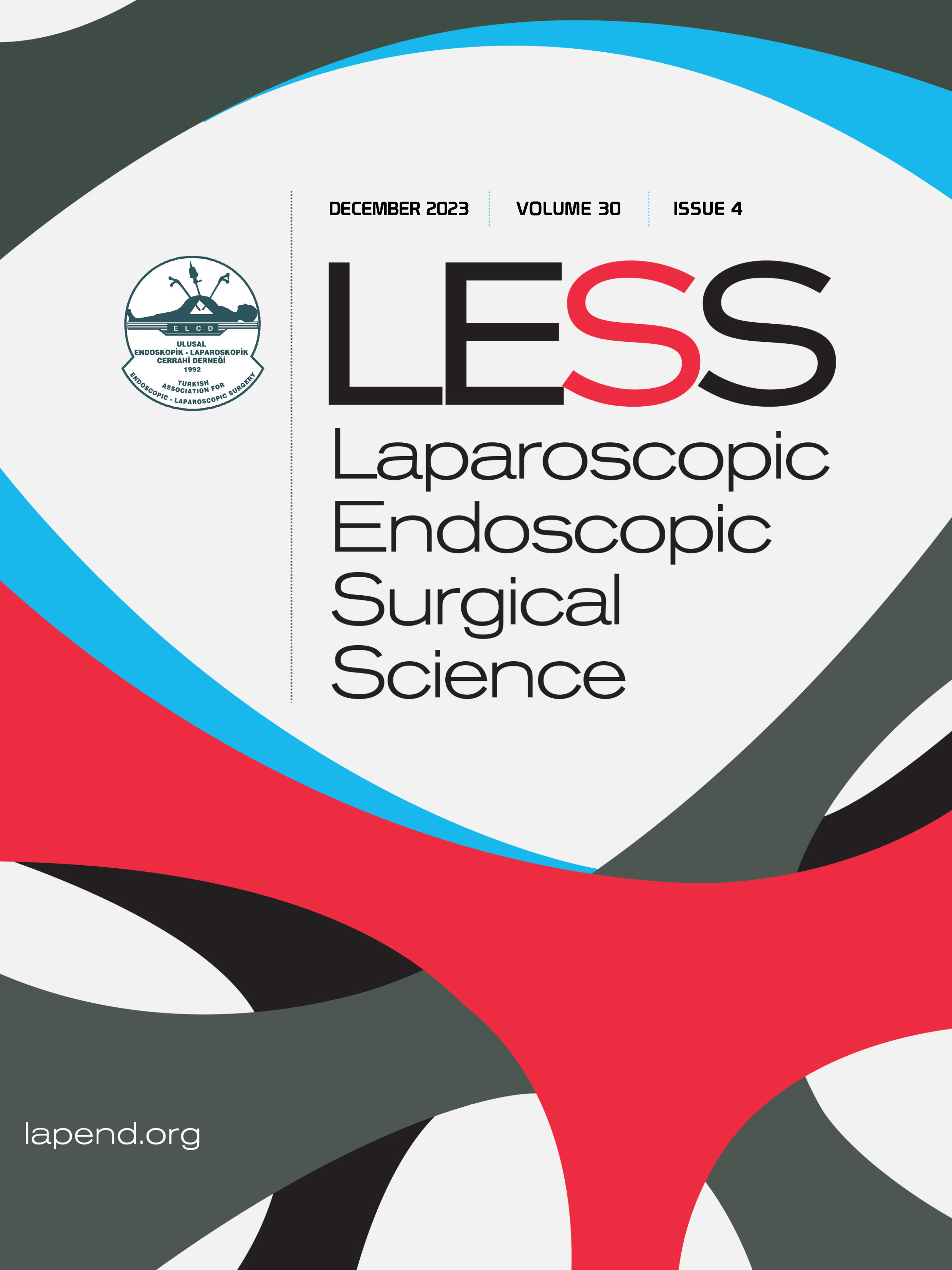Volume: 17 Issue: 3 - 2010
| REVIEW | |
| 1. | The Effect of Progressive Relaxation Exercises on Pain Perception and Vital Signs in Patients Who Underwent Endoscopy Nadiye Özer, Havva Ergen Pages 127 - 138 The aim of the research was to investigate the effect of progressive relaxation exercises (PRE) on pain perception and vital signs in patients who underwent endoscopy. The sample of the research, which was conducted as a quasi-experimental model with a control group was conducted at Ispir State Hospital Endoscopy Unit between 12 November 2009 and 15 December 2010. Random probability sampling method in the selected sample of the research universe; included 70 patients who underwent Upper Gastrointestinal System (GIS) endoscopy; communicative patients who were between 18-75 years old and who had not previously undergone endoscopy. The patients in the experimental group were given an informative brochure on PRE the day before the endoscopy procedure. Later, on the day of the procedure, the patients were informed about endoscopy in the waiting room and PRE was taught and applied. Patient Description Form, Patient Form about Pre-Procedure Perception of Upper GIS Endoscopy, Patient Form about Post-Procedure Perception of Upper GIS Endoscopy, Verbal Category Pain Scale, and Vital Signs Follow-up Form were used in data collection. In the evaluation of data, percentage, chi square test and t-test was used. When the score means of pre-procedure and post-procedure pain was no difference between the mean pain score of the experimental group. On the other hand, post-procedure intra-group pain score mean in the control group was high enough to create a statistically significant difference. When the post-procedure intra-group score means of vital signs were compared, it was determined that post-procedure score means of pulse, systolic pressure, respiration rate and body temperature in the control group were higher, and the difference was statistically significant. Consequently, it was determined that PRE had a positive effect On the other hand can be said to be effective to control the pain and reducing the variability of vital signs. |
| RESEARCH ARTICLE | |
| 2. | Evaluation of Patient Thoughts About the Process Before Colonoscopy Çiğdem Emuce, Ali Yavuz, Aliye Kaçar Pages 139 - 149 INTRODUCTION: Despite of examination risk, cost and discomfort, colonoscopy is a safe method to investigate the total colon for screening at age of 50. This descriptive study aimed to determine the thoughts of patients before colonoscopy procedure. METHODS: The study consisted all patients admitted to colonoscopy unit of a universty Hospital and a private colonoscopy center in Anatolian part of Istanbul, from 1 Jully 2009 to 31 Agust 2009. 94 patent accepting to participate the study were evaluated. the data was collected through a questionnaire planned by the researcher according to the literature. Descriptive statistical methods were used to analyze the data. RESULTS: 64% of the patients in the study group experied their first colonoscopy. 48% of them were informed by their physician; 33% of the patients didnt sleep well the night before the procedure, 68% of the patients desire to be with a close friends or family members during the procedure. 54.3% of patients waiting a smiling face by nurses. DISCUSSION AND CONCLUSION: In this study, 94 patient were evaluated and colonoscopy is a painful and uncomfortable process. 33% of patient experience fear and anxiety and patient thoughts about colonoscopy is very important. |
| REVIEW | |
| 3. | Endoscopy Nurses Responsibilities Within The Team Nuray Akyüz Pages 150 - 156 Health care team is defined as team whose common purpose is to give the most comprehensive and quality health care to person in health care institutions. Endoscopy nurse took its place and developed as a discipline in duties covering high standards of care and support with technical developments. The endoscopy nurse has responsibilities about patient care, technical assistance, care of endoscopic equipment, infection control and prevention, documentation and record keeping, organization, health and safety, legal/ethical aspects, research, education, quality control. As a result, primary purpose in endoscopy units is to provide quality patient care/treatment. It is possible with a good team work. Endoscopy nurse has very important duties and responsibilities within the team. |
| 4. | Safety Sedation Practice During Endoscopic Processes Tülin Yıldız Pages 157 - 164 Gastrointestinal endoscopy has recently been used commmonly in every type of diagnostic and treatment procedures of digestive system diseases. All endoscopic processes are stressful attempts for the patient. As well as discomfort caused by the process itself, the expectancy of the forthcoming result would also negatively affect the patient in case the process is done for diagnostic purposes, Patients previous experiences on the same processes or the news heard of other patients on the issue will also imfluence his/her feelings and behaviours. Therefore, it is a fact that reducing the patients stress during the process will certainly affect the success of that process. For this reason, most recently, demand for sedation during endoscopic procedures has gradually increased. This article aims is to draw attention to the significance of safety sedation practice in endoscopic processes by emphasizing the preparation of patient, sedation practice for elderly, child patient and difficult patients, standard infrastructure and equipments for anaesthesia outside the operating room, the importance of patients evaluation prior to the attempt, patients monitoring during the attempt, recovery and discharge criteria. |
| 5. | Sterilization and Disinfection Problems in Endoscopy Units and Infection Control Canan Karadeniz Pages 165 - 173 In the attempts of this review, infections encountered in the endoscopic procedures was emphasized, and application should be applied according to the endoscopes characteristics indicated. Also introduced decontamination procedures, disinfectant selection, decontamination application standards are discussed and the problems experienced during procedures. |















